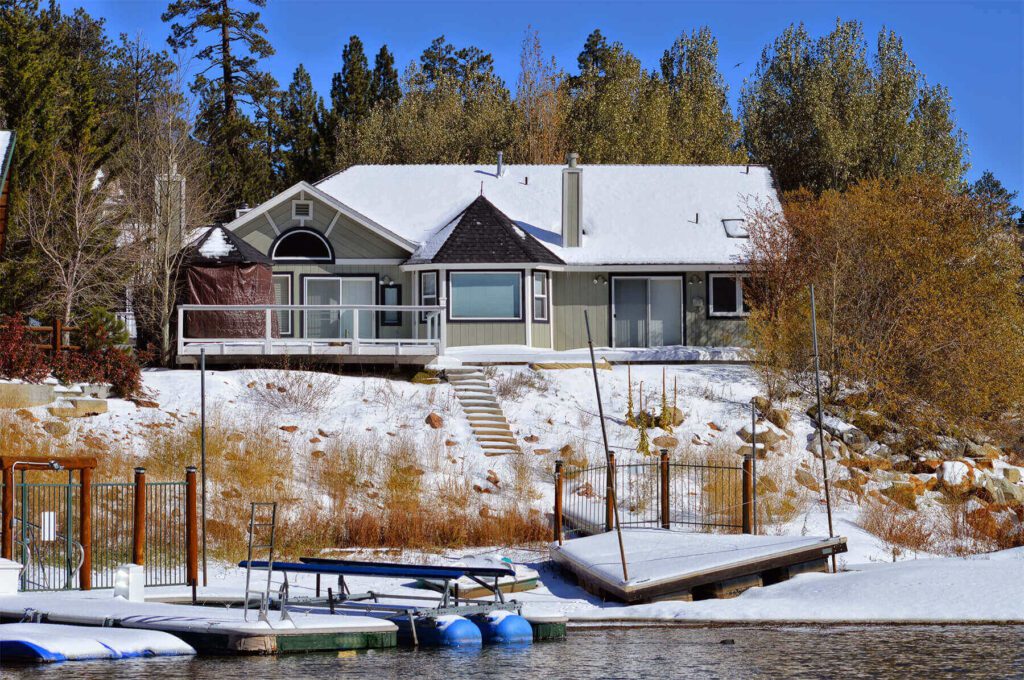
Beyond the size of a wine collection, cold weather is one of the factors that influence the functionality of climate control technology for wine storage and aging. Low ambient temperatures dictate certain requirements that should be incorporated into the planning phase of building a wine cellar.
In concert with selecting the best wine cooling unit for your cellar or room, it is important, to begin with a well-constructed space. Similar to keeping cold out of a residential space, insulation is a great place to start. The quality of the glass and doors is also important to creating a pristine environment for your wine collection. Ideally, the glass will be double-paned and insulated. Wine room doors should be of commercial and exterior-grade quality with a tightly sealed threshold, all in the interest of keeping the elements away from your wine.
The perfect time to home in on a cooling system is as the construction of the wine storage area is being planned. A wine cellar or room must be able to maintain a consistent temperature of 55 to 58°F (12 to 14°C) and relative humidity level of 50 to 70 percent—even in the dead of winter. Low ambient control options are beneficial when the condenser—or outside portion of the unit—will be exposed to outdoor temperatures of 40°F (4°C) or lower.
What is the low ambient control option used for?
Wine Guardian Low Ambient Protection has two main components to combat these challenges. First is a crankcase heater, which is located beneath the compressor and keeps the oil within the system at elevated temperatures, so it doesn’t freeze. The second is a fan cycling switch which turns on and off the condenser fan to keep the refrigerant pressures within preset levels and provides airflow control over the condenser. This option is installed at the Wine Guardian factory and should be indicated when your wine cooling unit is ordered. Low ambient controls can be added to ducted or ducted split systems of any size to meet the needs of large or small wine storage rooms in cold climates.
The solution? Wine Guardian’s electric heat option
Wine Guardian’s electric heat option is required when temperatures in the room surrounding the wine cellar may drop below 50°F (10° C). If temperatures dip too low, a wine cooling unit without a heating element does not have the capacity to bring it back up. A Wine Guardian heater acts to warm air as it enters the wine room and has the ability to heat air from five to 12 degrees depending on the size of the cooling unit, thus protecting your wine collection from being too cold and affecting the aging process. When a cellar thermometer controls both heating and cooling, the temperature of the wine will remain the same throughout the year.
Wine Guardian also has electric heaters that integrate with any size ducted or ducted split system operating at either 50 or 60Hz. Our smaller ducted, ducted split, and Wine Guardian Pro wine cooling units incorporate a one-kilowatt heater, while the larger units include a two-kilowatt heater. Similar to Low Ambient Protection, Wine Guardian heaters must be specified at the time of order and installed at our factory.

